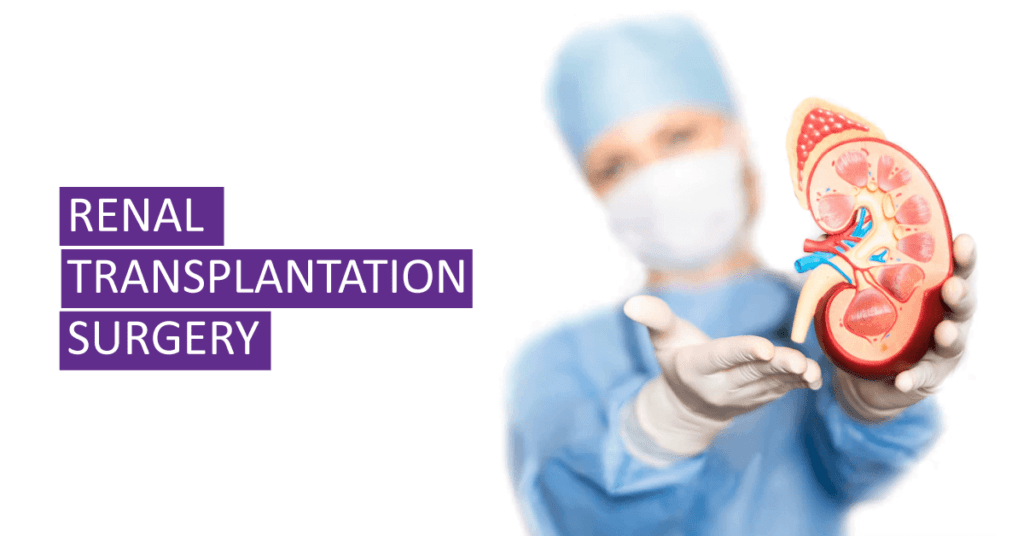The incidence and prevalence of End Stage Renal Disease (ESRD) in children represent a very small fraction (less than 2%) of the overall ESRD population. The most common causes of ESRD in children are congenital, cystic and hereditary diseases, followed by glomerulonephritis. The underlying aetiology also varies by the age of presentation.
ESRD in the paediatric population poses unique challenges to the treating physician. It adversely affects skeletal growth; these patients are usually smaller than other children of similar age groups. Due to frequent hospital visits, loss of school attendance and lesser contact with other children, neuropsychological development is adversely affected. Ultimately, health-related quality of life and overall survival in this population is significantly reduced.
Out of all modalities of renal replacement therapy (RRT), renal transplantation is the preferred one. Transplantation is considered when RRT is imminent. Most transplant centres worldwide accept paediatric ESRD patients once they weigh above 10 – 15 kgs. This avoids a higher chance of graft loss and mortality.
There are only a few contra-indications for these patients – active or untreated malignancy, active or untreated infection and multiple/progressive medical comorbidities with overall poor prognosis.
The pre-transplant workup concentrates on diseases with a high probability of recurrence in the graft kidney. Another important factor to look into is a patient with a difficult/abnormal urinary bladder. Hostile bladder dynamics pose a higher risk to transplanted kidney for failure. Detailed evaluation and rehabilitation are paramount before committing these patients to renal transplantation.
Along with the patient, adequate education and counselling of the patient’s family/caregiver are undertaken to ensure proper compliance with both medications and follow-up. Suspected drug non-compliance contributes to the majority of graft loss and late rejections in adolescent populations.
Transplant surgery in the paediatric population is not without its own unique share of challenges. An astute anaesthesiologist plays a vital role during intraoperative management. As the overall number of paediatric ESRD patients are low, not many centres can boast of high-volume paediatric transplant case.
These cases should preferably be managed by tertiary care/ referral centres. In our country, the majority of transplants undergo live donor renal transplants; the majority of donors are mothers. Robot-assisted kidney transplant gives another option to these younger patients with the advantages of significantly less blood loss, post-operative pain and better cosmetic outcomes (a major deciding factor for these younger patients).
Overall survival in the paediatric age group is comparable to the adult population. Over the past few decades, survival rates have significantly improved.
A successful transplant confers a significant advantage in terms of growth, neurocognitive development and overall survival as compared to dialysis. These patients rapidly catch up with growth. It also reduces the burden on the parents and siblings of the patient.
Our experienced team has done more than 100 paediatric kidney transplants. The youngest patient was four years old boy with a 10 kg weight. We have done seven robotic paediatric kidney transplants in India.























